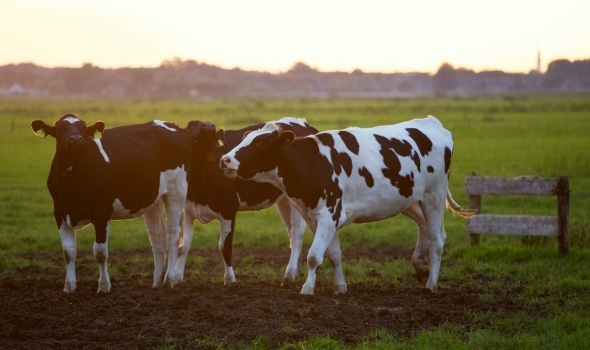
Animal Healthcare
Respiratory infection in domestic animals and its management
The most common respiratory diseases in domestic animals are Bovine respiratory disease (BRD) in cattle and heaves in horses. CRD is a general term for respiratory disease in cattle caused by a range of factors, singly or in combination. A major cause of economic losses, BRD affects the lower respiratory tract/lungs (pneumonia) or upper respiratory tract (rhinitis, tracheitis, bronchitis). Common respiratory diseases of domestic animals are – rhinitis, sinusitis, and mucous membrane inflammation syndrome with allergic and irritant rhinitis. The most common signs of respiratory problems are Coughing, Difficult breathing, Gagging after coughing, Nasal congestion, Exercise intolerance, Fainting, Wheezing, Blue gums. Heaves in horses is a common, performance-limiting, allergic respiratory disease of horses characterized by chronic cough, nasal discharge, and respiratory difficulty.
-
Management of respiratory diseases
Respiratory diseases can be managed by following measures given below
-
Management of allergen
Environmental management is an essential part of therapy in allergic respiratory diseases. For example, clinical signs in horses with heaves (recurrent airway obstruction) or cattle with hypersensitivity pneumonitis may be effectively controlled by preventing exposure to molds present in hay.
-
Providing good housing and feed
In cattle, farming, poor housing conditions, allotments and abrupt feeding transitions are particularly disturbing for dairy or suckling cows. The more they are stressed and weakened, the more these animals are prone to bacteria and viruses, regardless of their age. Respiratory disorders are one of the main signs of this imbalance.
-
Providing good ventilation
After conformation of respiratory difficulties, the reasons of these problems must be analysed by examining the condition of housing system like for the quality of ventilation, number of animals accommodated and also the presence of dust and gasses that may cause allergy.
-
Stress management
Stressed related rearing conditions must also be analysed. Changes in buildings or in farming organization are often necessary for preventing the emergence of respiratory disorders. For example, mixing cattle of different origins or ages within a same building increases the risk of diseases.
-
Animal vaccination
To avoid respiratory infections animals should be fully vaccinated to enhance their immunity and should be provided with optimal nutrition. Unnecessary stress to the animal must be avoided and further limiting the consequences by the intake of specific nutrients such as magnesium.
-







UPVC Supplier
I was suggested this web site by my cousin. I'm not sure whether this post is written by him as no one else know such detailed about my trouble. You are incredible! Thanks!